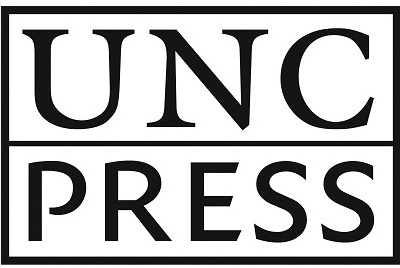Today's domestic-advice writers--women such as Martha Stewart,
Cheryl Mendelson, and B. Smith--are part of a long tradition, notes
Sarah Leavitt. Their success rests on a legacy of literature that
has focused on the home as an expression of ideals. Here, Leavitt
crafts a fascinating genealogy of domestic advice, based on her
readings of hundreds of manuals spanning 150 years of history.
Over the years, domestic advisors have educated women about
everything from modernism and morality to sanitation and design.
Their writings helped create the idealized vision of home held by
so many Americans, Leavitt says. Investigating cultural themes in
domestic advice written since the mid-nineteenth century, she
demonstrates that these works, which found meaning in kitchen
counters, parlor rugs, and bric-a-brac, have held the interest of
readers despite vast changes in women's roles and
opportunities.
Domestic-advice manuals have always been the stuff of fantasy,
argues Leavitt, demonstrating cultural ideals rather than cultural
realities. But these rich sources reveal how women understood the
connection between their homes and the larger world. At its most
fundamental level, the true domestic fantasy was that women held
the power to reform their society through first reforming their
homes.

